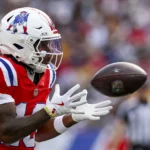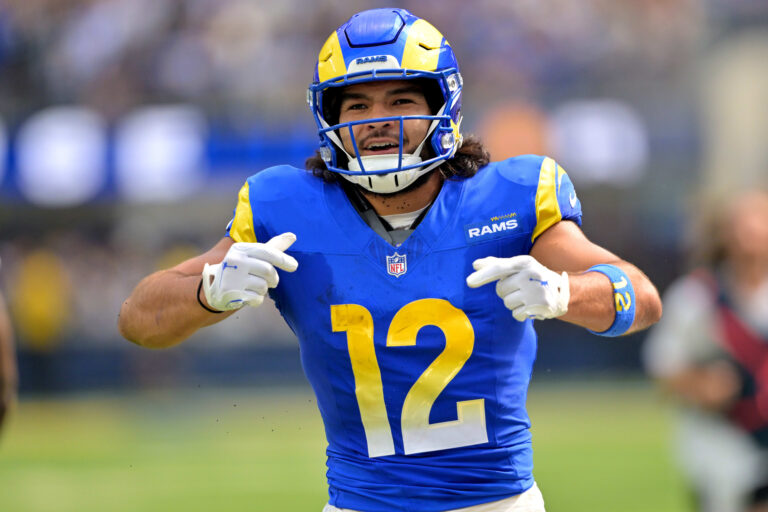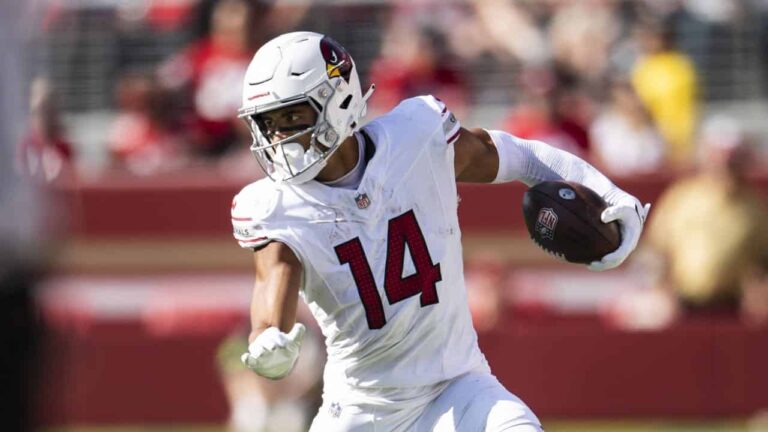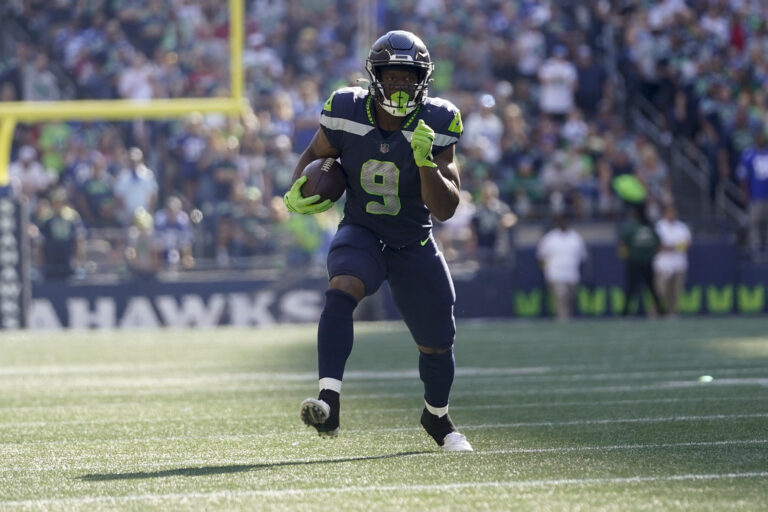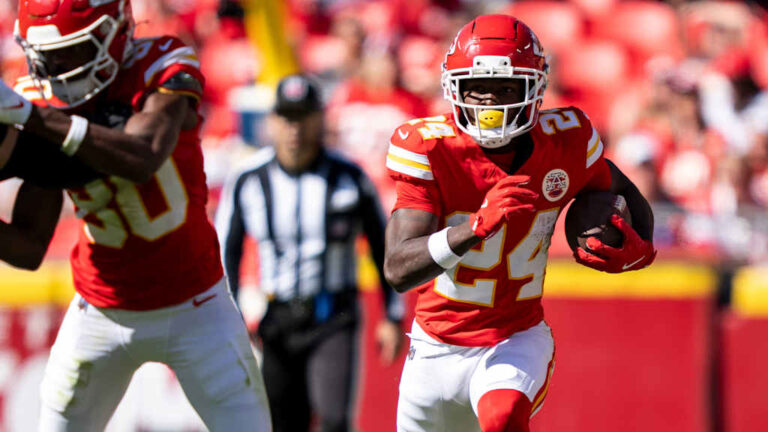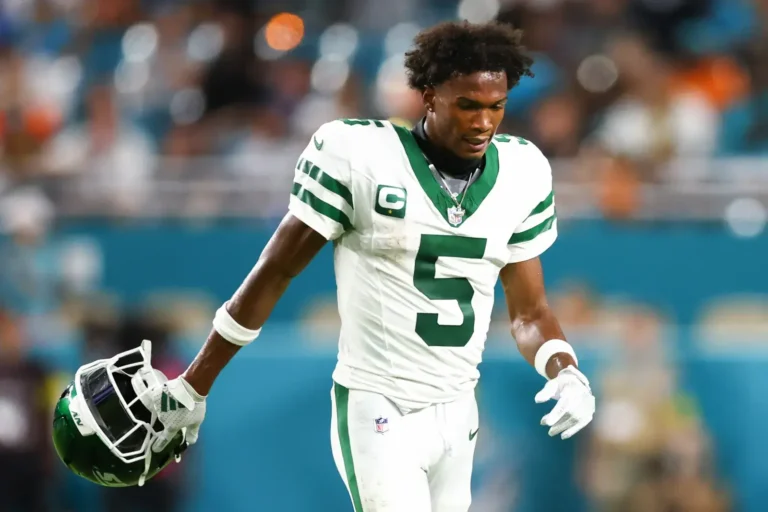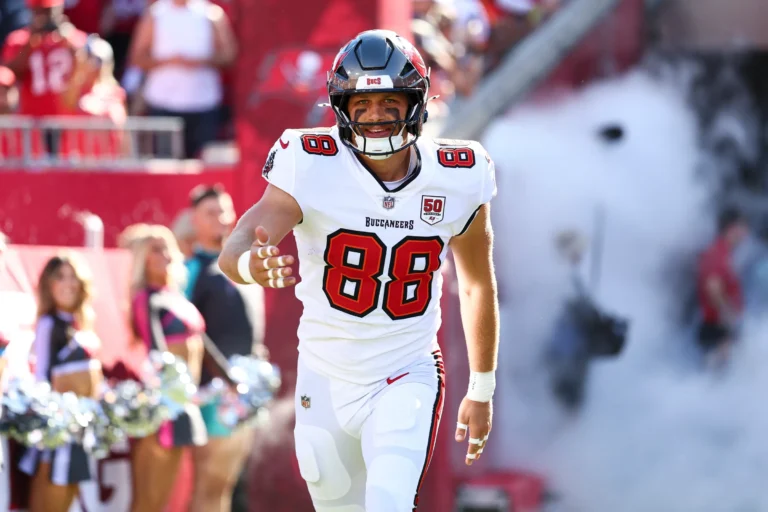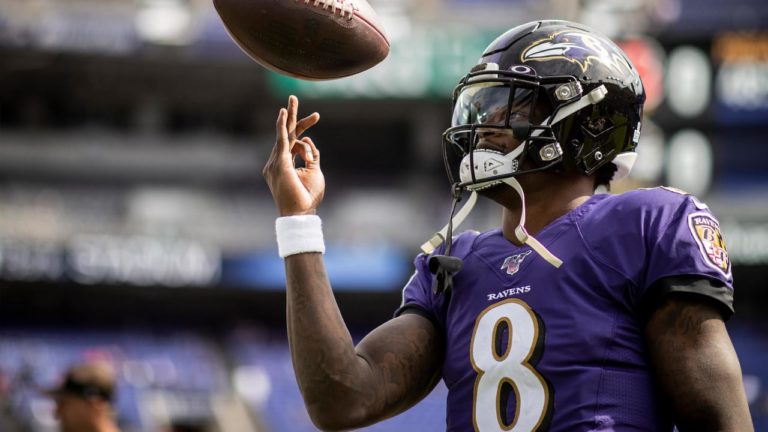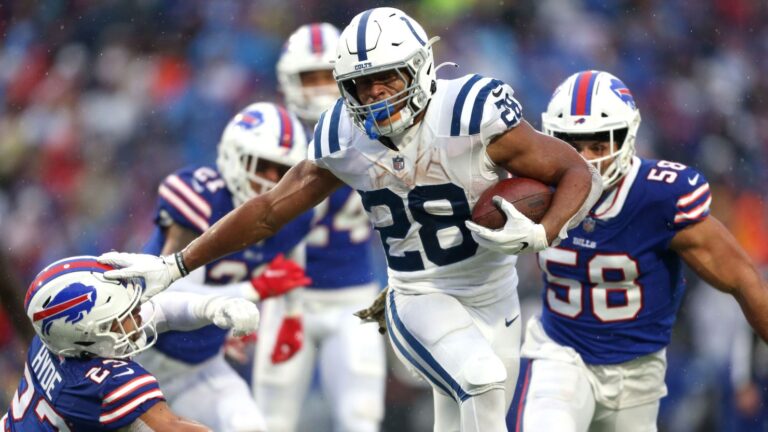Every fantasy football season reaches that turning point when trade talks go from polite to desperate. Teams start calculating playoff odds, and the market heats up fast. The managers who understand timing, leverage, and player value usually come out ahead. Others get stuck with mismatched rosters or injured stars. So, let’s break down how to play the fantasy trade market smartly before the playoffs hit.

Reading the Room
The trade window in most fantasy leagues closes between Week 10 and Week 11. By then, standings are tight and every win matters. Smart managers don’t wait for a losing streak to make moves. They watch usage trends, target snap counts, and analyze upcoming matchups. Getting ahead of the shift is where real game theory comes into play. The logic is simple: predict what your rivals will do and act one step sooner.
Fantasy football is a strange mix of numbers and psychology. A lot like other strategy-based games — for instance, new sweeps coin casinos where timing and risk management decide your edge — it’s all about reading opponents, not just statistics. The same mindset applies here: find inefficiencies in the market and use them before others do.
When to Trade
Making a trade too early can be risky, but waiting too long often costs you more. The sweet spot lands around Weeks 8–10, depending on your record. By that point, you know your team’s identity. If you’re a contender, it’s time to strengthen your weakest link. If you’re struggling, you can still play spoiler or plan for keeper value.
Here’s a simple rule of thumb used by top fantasy managers:
- Teams with playoff confidence trade for depth.
- Bubble teams trade for upside.
- Rebuilders trade veterans for next-year potential.
Knowing where you stand lets you set clear goals for every offer you send. Random trades rarely help. Every move should have purpose — roster balance, matchup improvement, or injury insurance.
Who to Trade With
Trading isn’t only about players; it’s about people. You need the right partner. Contenders are usually looking for production right now. Managers sitting mid-table may be open to riskier plays. Those out of the running often want picks or young talent if your league allows future consideration.
The ideal trade partner is someone whose needs align with what you can give. For instance, if your running backs are stacked but your wideouts are thin, find a manager in the opposite situation. A clean exchange helps both sides, and those are the trades that actually go through.
To make it easier, use this checklist before you send an offer:
- Compare remaining schedules for both players. Tough defenses can sink late-season value.
- Check bye weeks. A trade that creates a hole in Week 14 can ruin playoff chances.
- Study target share trends. Volume predicts future points better than name value.
Why Timing Wins Trades
Every season, managers overreact to short-term stats. Someone has a two-touchdown game, and suddenly his trade value doubles. That’s when patient managers strike. They sell high before regression hits, or buy low after a quiet week. Game theory in trades means anticipating emotional swings in your league.
Another overlooked factor is the NFL schedule itself. Teams that have already clinched playoff spots often rest key players during fantasy playoffs. Last season, that affected several top performers in Week 17. Paying attention to team motivations helps you dodge dead weeks.
Trade Types That Work
You’ll see two main trade structures in competitive leagues. Both have value when used right.
- Two-for-One upgrades: Trade two solid mid-tier players for one elite starter. This strengthens your playoff lineup, especially if you have bench depth.
- Sell-high swaps: Move an overperforming player whose metrics (like red-zone efficiency) are unsustainable. It’s safer to turn temporary spikes into stable production.
In both cases, the trick is controlling perception. Make your offer sound like a win-win, even if you know you’re slightly ahead in long-term value.
Avoiding Common Mistakes
Bad trades don’t just hurt your team; they help your competition. Here are traps that experienced managers still fall into:
- Chasing big names with poor schedules. A star receiver facing top defenses down the stretch won’t save your season.
- Ignoring roster balance. Stack too many players from one team, and one bad real-life game can wreck your fantasy week.
- Trading from panic. Losing two games in a row doesn’t mean you should sell your best players cheap.
Instead, stay patient and think two weeks ahead. Most leagues are decided not by the flashiest trades but by the most logical ones.
The Final Stretch
Once the deadline approaches, the market tightens. Everyone wants the same breakout players, and prices skyrocket. To stay ahead, track injury reports daily, monitor depth-chart updates, and check weather forecasts for December games. All those tiny details add up.
Winning the trade market isn’t about luck. It’s about timing, analysis, and knowing your opponents as well as your roster. When the playoffs start, you don’t want to be scrambling. You want to look at your lineup and know every move you made was intentional.














